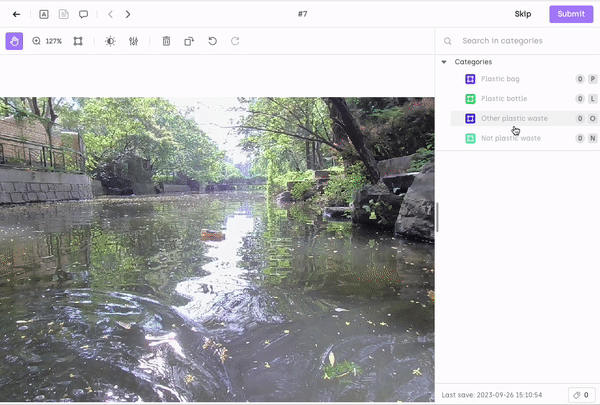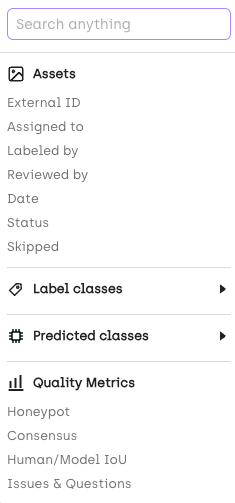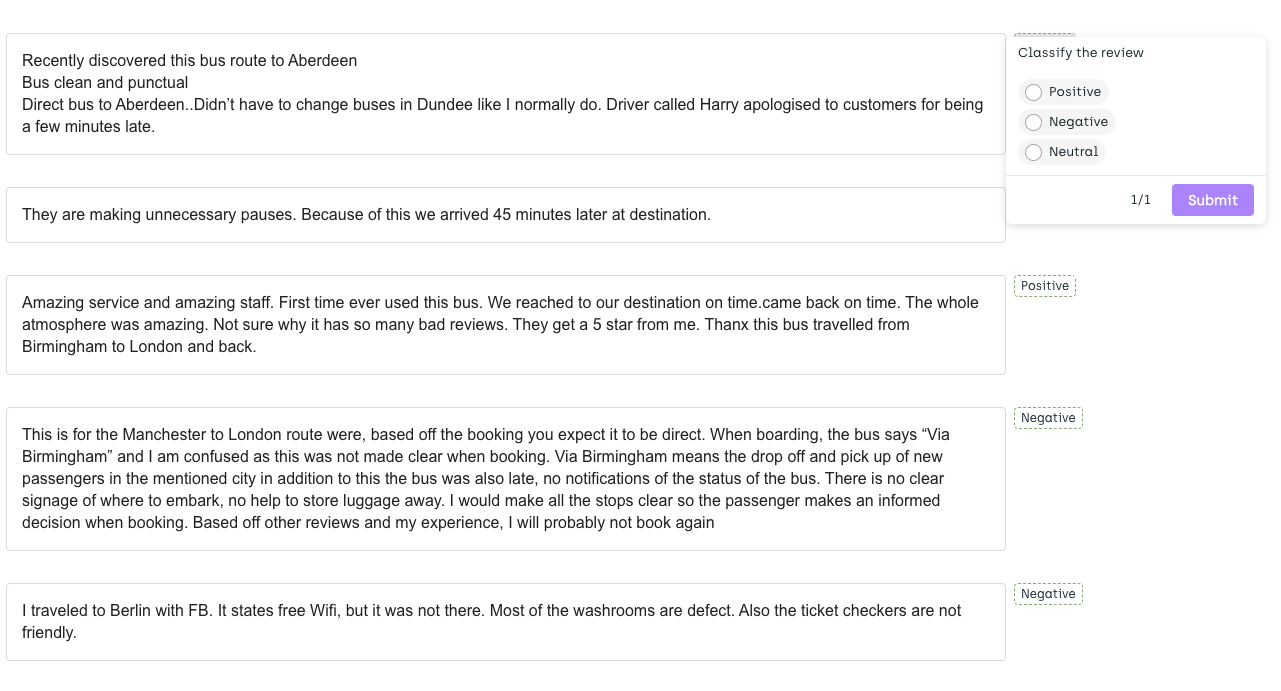September 27th, 2023
over 2 years ago by Kili Technology
Changelog (v2.139.0)
New
- [Labeling] In the Image interface, you can now manually edit a shape of a segmentation mask that was created with the interactive segmentation Bbox tool (up to now, editing such masks wasn’t possible). This means that you’ll be able to create more detailed and fine-tuned labels.
- [Quality management] You can now set your assets as honeypot directly from the asset Queue page. This will make the process quicker and more intuitive.

- [Quality management] It is now possible to ask questions regarding any labeled object (so far, asking questions was only possible from the side panel and the questions that were being raised didn’t point to any specific objects). Thanks to this change, labelers and reviewers will be able to address problems with greater flexibility and granularity.

- [Quality management] We’ve added a new asset filter that lets you find specific classes among the labels that were added by a model. This means that Kili now has separate filters for labels added by humans (Label classes) and labels added by models (Predicted classes). This will help you pinpoint specific assets with extra precision and granularity.

- [Project management] You can now add compliance tags to flag projects that contain sensitive personal data. Available tags are: PII (Personal Identifiable Information) and PHI (Protected Health Information). In case of an audit, you’ll be able to quickly retrieve all the projects with any of these tags by using the Compliance tags filter.

- [Cloud storage] When you sync data with a cloud storage integration and Kili doesn’t support the type of some of the objects in the bucket being synchronized, a warning is now displayed. You can then make any necessary adjustments and sync again.
Changed
- [Labeling] In Image projects with semantic segmentation tasks, when adding relations in the project ontology, you can now select semantic jobs as endpoints.
- [Labeling] We've changed the Look&Feel of the batch labeling interface for text files. It is now way more readable and will help you label with more precision and less rework required. As for batch labeling itself, you can also use it to label multi-classification jobs (previously, only single-class jobs were available).

- [Cloud storage] If your project contains assets from cloud storage connections, you can now access detailed information regarding the exact time of the last synchronization (hour, minutes and seconds). This will help you in situations when assets get updated quite often.
- [Cloud storage] In Project settings > Data, removing a data connector and later adding a new one for the same integration used to result in project assets being completely overwritten, with potential loss of work done. We’ve changed this behavior: at next sync, Kili now reconciles matching assets, instead of overwriting them.
- [Project management] In organization settings, when you search for a project member, then click on the person’s name to see the details, and finally get back to the members list, Kili keeps the previous search results. This will help you filter your organization list faster and with extra precision.
Fixed
- [Labeling] In the Video interface, the background grid and object names were not aligned when the timeline was being scrolled down. We’ve fixed this issue.
- [Project management] Due to a bug in the Kili app, some projects exported to the YOLO format did not contain any labels. We’ve fixed this issue.
- [Python SDK] We’ve fixed the warnings regarding the deprecated
Pydanticmethods.